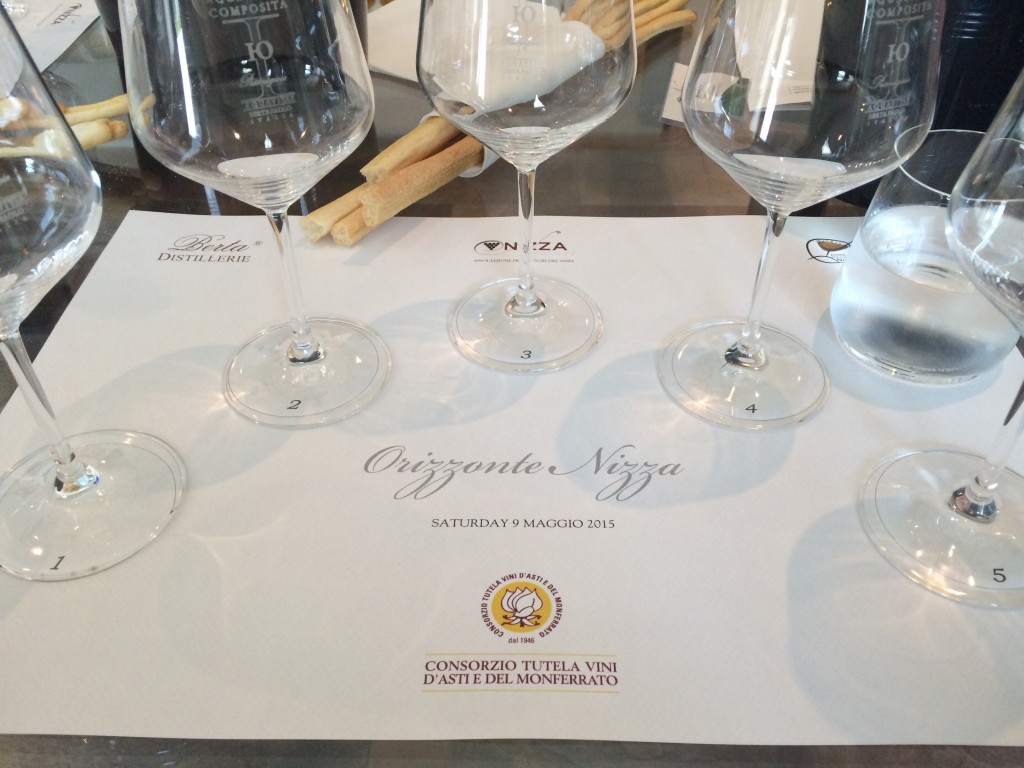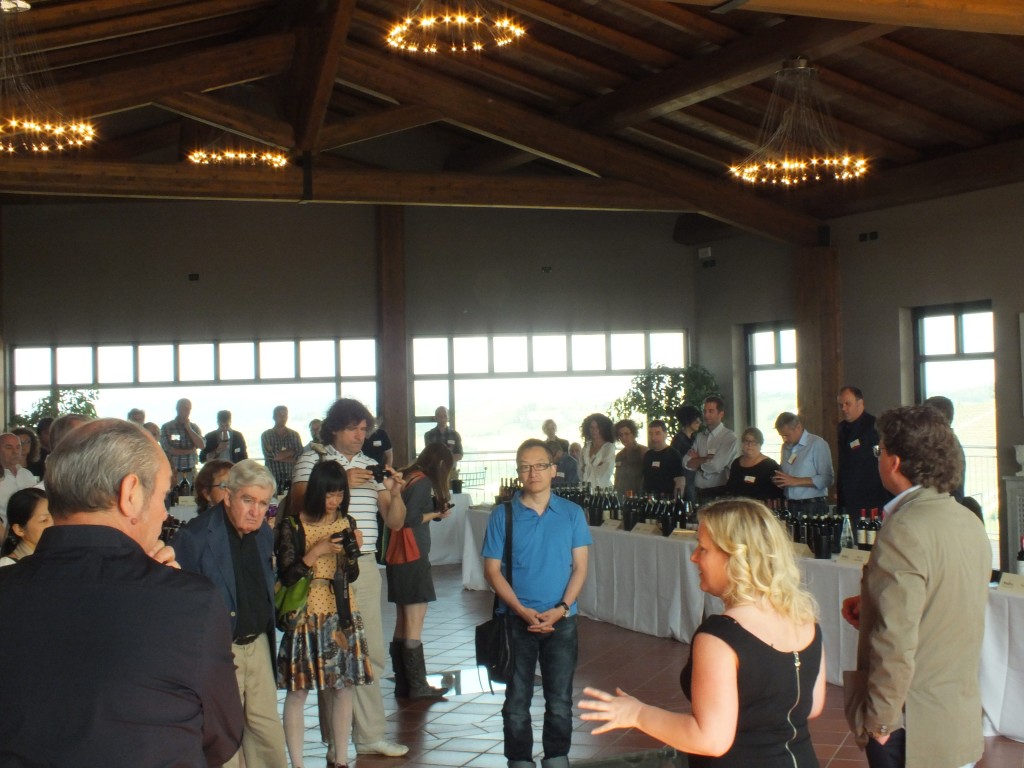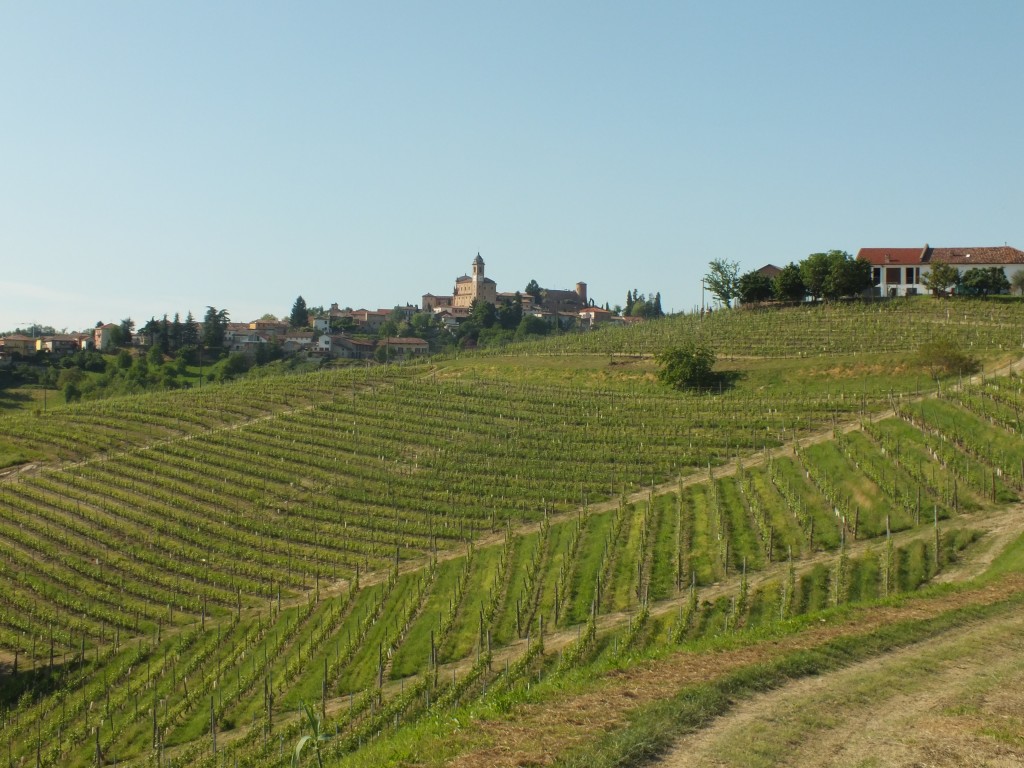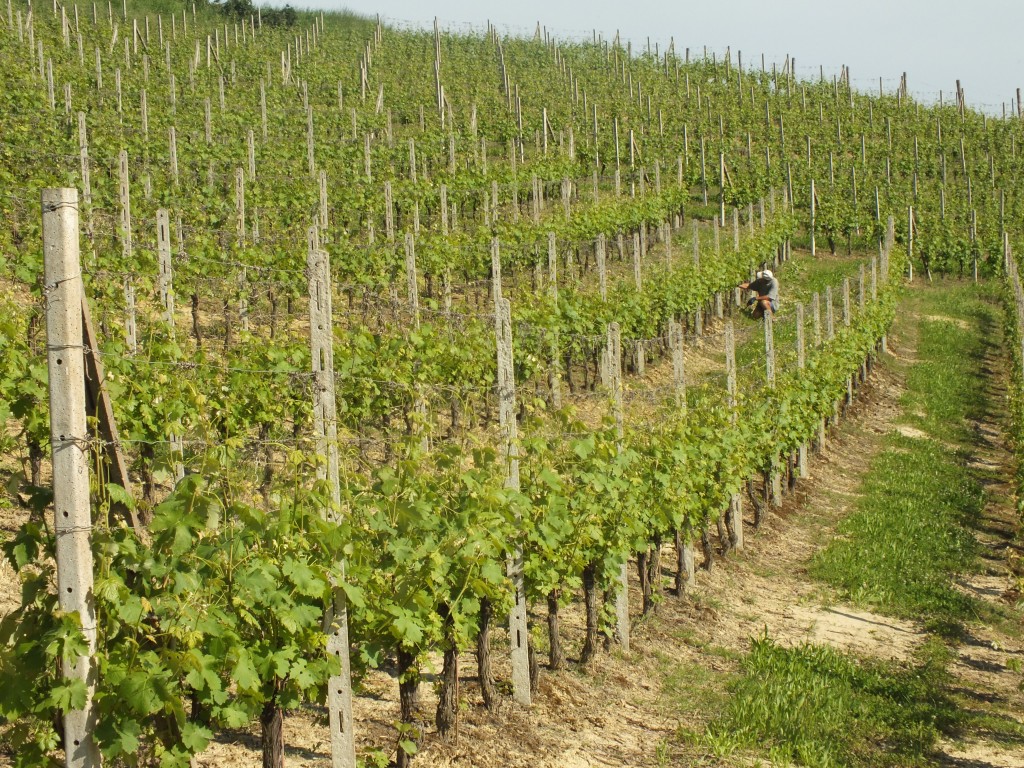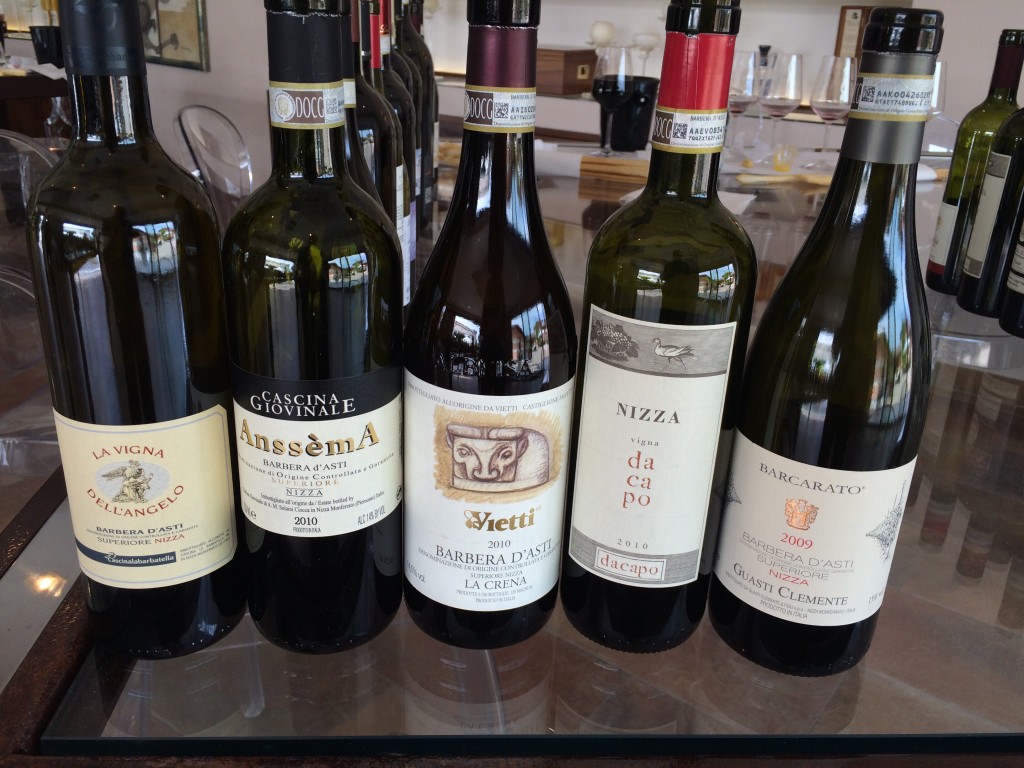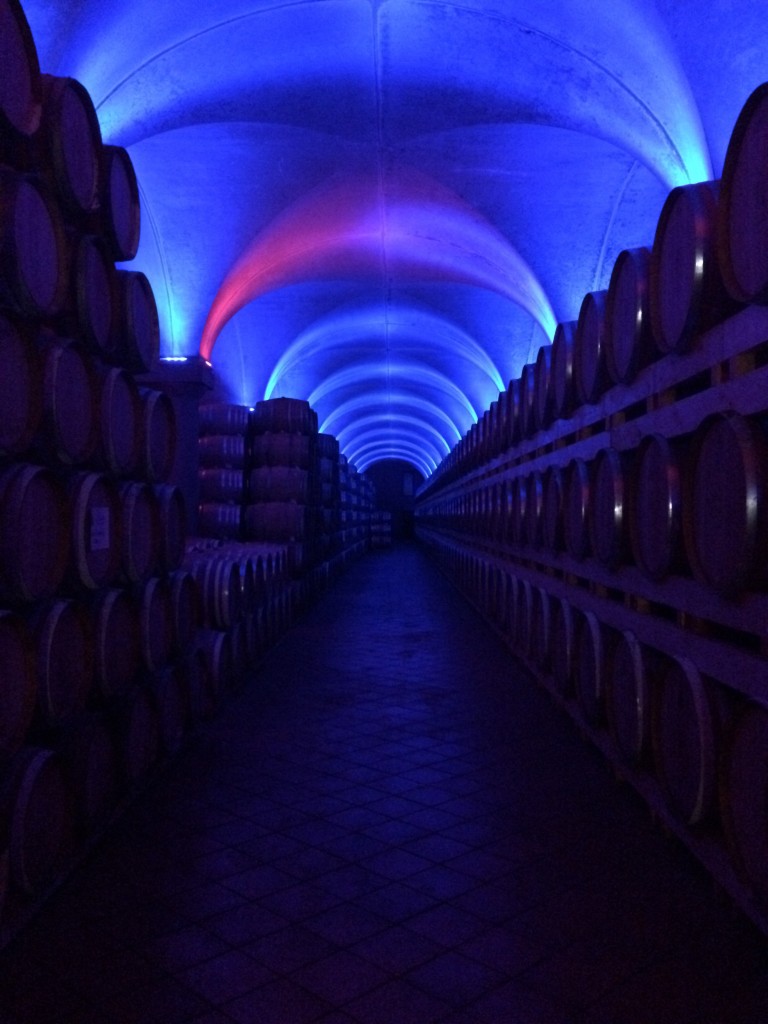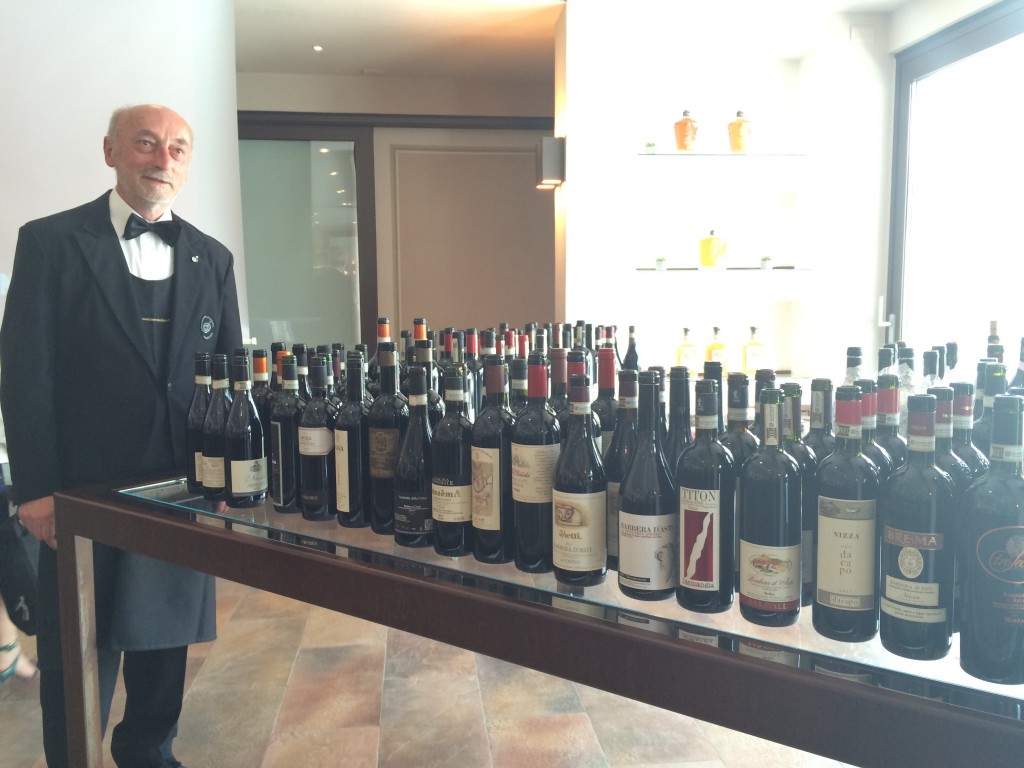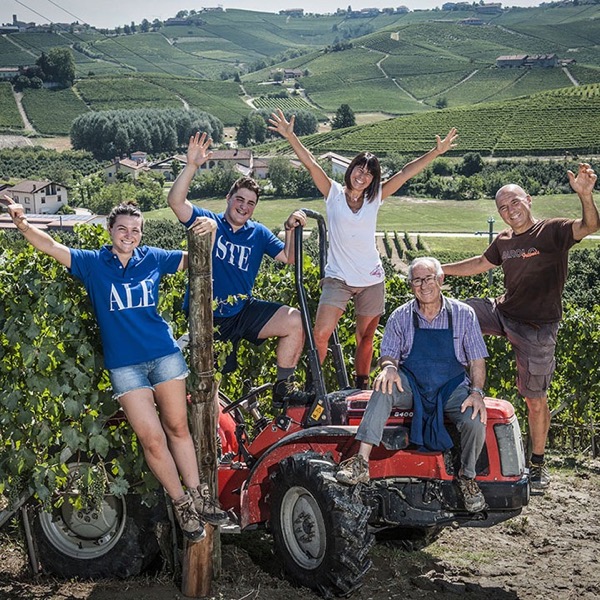This year I was asked to participate as a journalist at the 2015 edition of Nebbiolo Prima, with a final assignment to report and articulate my observations regarding this grand event. First off, the ‘Prima’ is the en primeur/preview of the upcoming release of the new vintages of Barolo, Barbaresco and the Roero wines, essentially all wines from the black grape of Nebbiolo.
On previous visits I was in the midst of sommeliers and wine buyers from some of the most important markets, this time around I was in the midst of many dynamic and highly regarded wine writers, bloggers, and journalists many of whom I had met in the past, though briefly. I had before me 10 days of tasting Nebbiolo, 10 days of rubbing elbows with some really cool wine lovers/writers from around the world, and 10 days in one of my favourite places in the world.
My departure from Toronto was fraught with anxiety and stress. I missed my outgoing flight but miraculously was able to arrange a flight on a partner carrier departing only an hour later that had me arrive in Frankfurt a mere 15 minutes later than I would have originally landed and in time for my connection to Milan. Phew! Thank you Air Canada!
I was happy to arrive three days early prior to the main event of Nebbiolo Prima, for a special presentation of the wines of Nizza – Orrizonte Nizza. Nizza is not only a city (30min from Alba) but is also the name of a ‘top tier’ wine sub-appellation within the DOCG of Asti. The region of Asti is the undisputed original terroir and natural home to the famed grape of Barbera. You ask what does Barbera have to do with Nebbiolo and Nebbiolo Prima. Well before the Nebbiolo grape was properly understood and guided into making the famous wines it now represents today, Barbera was the King of the Hill.
Nizza stands for a higher quality Barbera d’Asti than we have ever seen before. The recognition has come so far that Nizza as of 2014 vintage has now been elevated to it’s own DOCG. The DOCG status was awarded not entirely but in part because of a self imposed tighter wine making protocol and ageing regiment than its parent, the Barbera d’Asti DOCG. Nizza DOCG as well has now been clearly defined by 18 designated and delimited communes/districts of unique soils and microclimates.
The ‘Orizzonte Nizza’ tasting detailed the current and the future development of the system of cru Barbera. The opportunity to taste Barbera the way we examine and taste ‘cru’ Barolo or Barbaresco was certainly an interesting proposition.
The Associazione Produttori del Nizza presided by Gianni Bertolino (a producer himself for his family Tenuta, Olim Bauda), consists of 37 producers that also include the famed Vietti and Prunotto. At one point in time wines from the Barbera grape were once the most important varietal for Piemonte and throughout the 50’s and 60’s it was the most consumed wine of the era. Prized for its soft tannin and bright acidity it had the nobility that Dolcetto lacked and the approachability that Nebbiolo only achieved after years of ageing. Unfortunately with its mass appeal the Barbera grape was overproduced and overcropped, creating wines that lacked quality and character.
Today and under greater observance, the Associazione and the Nizza ‘cru’ appellation as a rule promotes, a) lower productions levels, b) the inclusion of 3 specific Barbera clones permitted to make the wines of ‘Nizza DOCG’, c) vine age is on average 50/60 years from ‘defined and judged vineyards’ and d) there is a specific barrel regime.
The current mission for the Associazione is to present Nizza DOCG as quality wine zone for Barbera 100% as it is an historical and original zone for the grape, The culture of wine and the unique terroir could be seen as both a contrast and a compliment to the marketing of the greater Piemonte wine regions including the Barolo and Barbaresco appellations. If you are looking for top notch Barbera, then you must examine the wines of Asti and those of Nizza.
To add further detail to the unique character of the Nizza appellation, the area under vine can also be defined further by the four major soil types that are mainly mixtures of Sandy to Marl and Silty to Sandstone. Over these four subzones there are 18 different communes. Today with this understanding and combined with altitude, exposure and vine age, we can taste through different Barbera the same way we might examine Nebbiolo from Barolo or Barbaresco from their respective cru zones… provided there is little intervention from the winemaker.
Now for my personal opinion and by no means did I rate these wines, I am simply a lover of Piemonte wines and I wish only the best for the producers of the region.
The barrel regime put in place as protocol for the top tier of Nizza wines was a topic of discussion. The group of journalists that I was in company with during the tasting did agree that the Nizza DOCG and DOCG Riserva Barbera provided a new and unique definition for quality wine in Asti, though I do believe that the current oak regime interfered with the greater expression of ‘terroir’ and at the very least a balance could be struck with the larger ‘reserve’ flavours and those of the fresh ‘normale’ or ‘superiore’. I actually found that the same producers that had good ‘Nizza DOCG wines’ produced exquisite Barbera d’Asti Superiore. Superiore is actually one ‘step down’ in perceived quality.
In conclusion, the wines of Nizza had this interesting duality. At the same time the producers who were getting it right or those who benefitted from great vineyards combined with the right soil type had amazing entry and mid-level wines, but the barrel regime often confused many of their top tier wines. I will admit it the debate is certainly a matter of taste. To their defence, many of the Nizza and Nizza Riserva wines were quite bold and powerful. Not at all what I expected from Barbera and therein lies the question.
At the end of the day it was a great pleasure to bare witness to the progress of the renaissance of Barbera, one of North Italy’s greatest varieties, making some of the most important food-friendly wines that Italy has to offer.
 Christopher Sealy is the co-proprietor of Midfield Wine Bar as well as Manager/Sommelier at George Restaurant. Christopher will be penning a number of Piemontese pieces for Good Food Revolution over the coming months, with this Barbera Orizzonte Nizza article being his very first.
Christopher Sealy is the co-proprietor of Midfield Wine Bar as well as Manager/Sommelier at George Restaurant. Christopher will be penning a number of Piemontese pieces for Good Food Revolution over the coming months, with this Barbera Orizzonte Nizza article being his very first.


